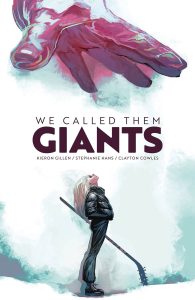 We Call Them Giants
We Call Them Giants
Writer: Kieron Gillen
Artist: Stephanie Hans
Letterer: Clayton Cowles
Designer: Becca Carey
Publisher: Image Comics
The most frequent issue I’ve had with the modern graphic novel boom occurring at Image Comics (started and maintained largely by the works of Ed Brubaker and Sean Philips) is with regards to the length. Mainly, they’re too short. Each graphic novel has been roughly 120 pages in length. This has resulted in works such as Alex DeCampi and Erica Henderson’s Dracula, Motherf**ker or Brubaker/Philips’ Houses of the Unholy (both works I have quite a bit of time for) feeling a tad bit rushed towards the end. One can see the contrast in terms of depth between these works and longer graphic novels such as Kate Beaton’s Ducks or DeCampi/Henderson’s follow-up, Parasocial, both works being able to express the full depth of their stories with the aid of the longer length.
With regards to the roughly 90 page graphic novel, We Called Them Giants, creators Kieron Gillen, Stephanie Hans, and Clayton Cowles develop a world that you complain about the length not because of the rushed nature of the text, but rather because you wish you could spend more time within it. The story is a rather straight forward tale of two girls surviving in a postapocalyptic landscape full of roaming gangs, carnivorous wolves, and inhuman giants.
The main draw of the work is, of course, Stephanie Hans. Hans is one of the great comics artists of the modern era, whose water painted style feels right at home in this decaying natural landscape. Of particular note is the first page we see one of the titular giants. Where the rest of the world is painted with various shades of brown, light green, and tan, the giant has a neon quality to the color choices. Hewing mostly towards darker shades of red, yellow, and turquois, one is immediately drawn to the out of place nature of the giant, even if one discounts the fact that it’s a giant.
On a related note, the character designs are top notch work. While our main characters—Lori and Annette—feel right at home in a YA postapocalyptic novel, they feel like they come out of different blends of that genre in a way that complements their respective characters. And then there are the Dogs, who might be some of my favorite villain designs from the entire year. Simultaneously evoking plague doctors, gimps, and Mad Max minor bastards in a way that highlights their threat to our main characters and how small they are in the grand scheme of things.
But my favorite character is, rather unsurprisingly, Beatrice. While Gillen is an author known primarily for writing stories about young people fucking around and finding out, there remains no one better in this line of work at writing crotchety old women. Whether it’s Ananke from The Wicked + The Divine or Bridgette McGuire from Once and Future, these characters are always a delight. Here, Beatrice is perhaps both Gillen’s sweetest old lady and his most melancholic. A woman who has lived through decades of hardships and months of apocalypse, and finds herself at the other end feeling well and truly doomed. And Hans draws her with the dignity and strength of a person who won’t let that stop her from caring for two kids.
In many regards, the postapocalyptic genre serves Gillen better than the Alternate History of The Power Fantasy. For all his interest in history, Gillen remains a writer intensely tied to the present. In works like Three or The Wicked + The Divine, there is a clear tie to the modern world, be it literally or thematically. There’s a materiality to the world that ties things to the modern day. Even a work like the incomplete Uber situated solely in the past has the materiality of seeing the events as present rather than as backdrop to the present. Whereas with The Power Fantasy, one gets the sense that the materiality got lost somewhere in the process. It can’t make it past 1999 and, as a result, feels airy and frivolous, like a bad pop song.
By contrast, the post-apocalypse allows for the nature of the world to shift and change in ways that benefit Gillen’s skills as a writer. This was previously seen in the scant scenes set in the modern era of Crossed: Badlands arc, “Homo Tortor,” wherein the vast horrors of the Crossed linger and infect the world while keeping our characters on the edge of their toes. While not as grotesque and uncomfortable as that work, We Called Them Giants nevertheless retains the sense of danger and doom our protagonists face.
What further contrasts the two works is that, at its core, We Called Them Giants is a work of survivalist fiction, a genre Gillen has never worked in before. There are many examples of this genre of fiction from movies such as Cast Away to novels like Hatchet. The postapocalyptic genre is full of these stories, most notably one of my childhood favorites growing up, Cormac McCartney’s The Road. At the heart of these stories is how our various characters deal with the various elements the world has to throw at them; be they weather, animals, or other people.
And it is here where one begins to wish to see more of the world. While what we see of it remains a truly stunning sight for sore eyes, there’s a sense that it would be even better if we saw more of it. Just spending time with our heroines wandering the ruins, luxuriating in the scope of the vegetation’s growth and the shifting nature of the world away from the industrialization kept barely a flicker by the Dogs.
On the other hand, you can see the temptation of a longer length to provide an explanation with regards to what is going on in the world. Why did the apocalypse come and other drab, boring questions. As is, We Called Them Giants remains a truly stellar work by some of the best artists in the business and highly recommended to anyone who can find a copy. It uses the graphic novel to its fullest extent and makes you want more.
Read more great reviews from The Beat!


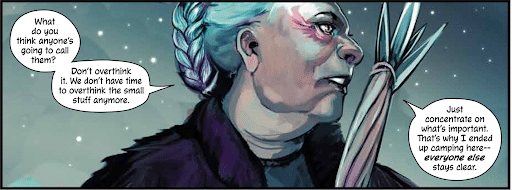
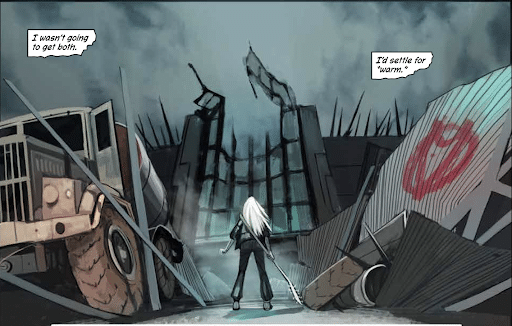

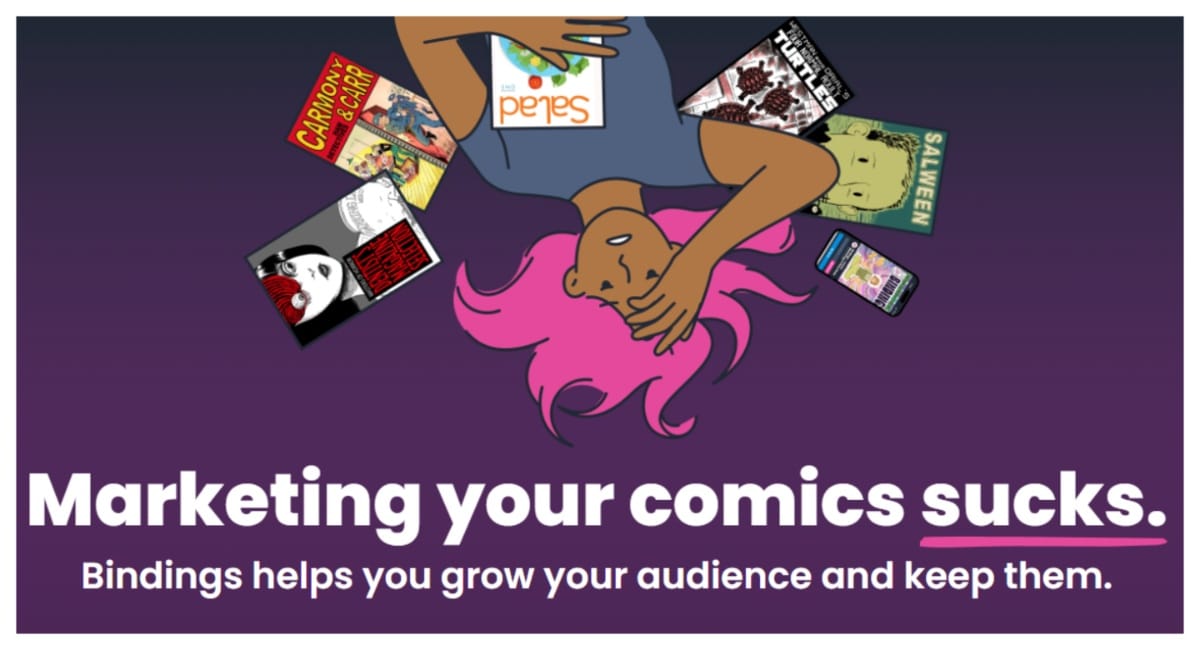
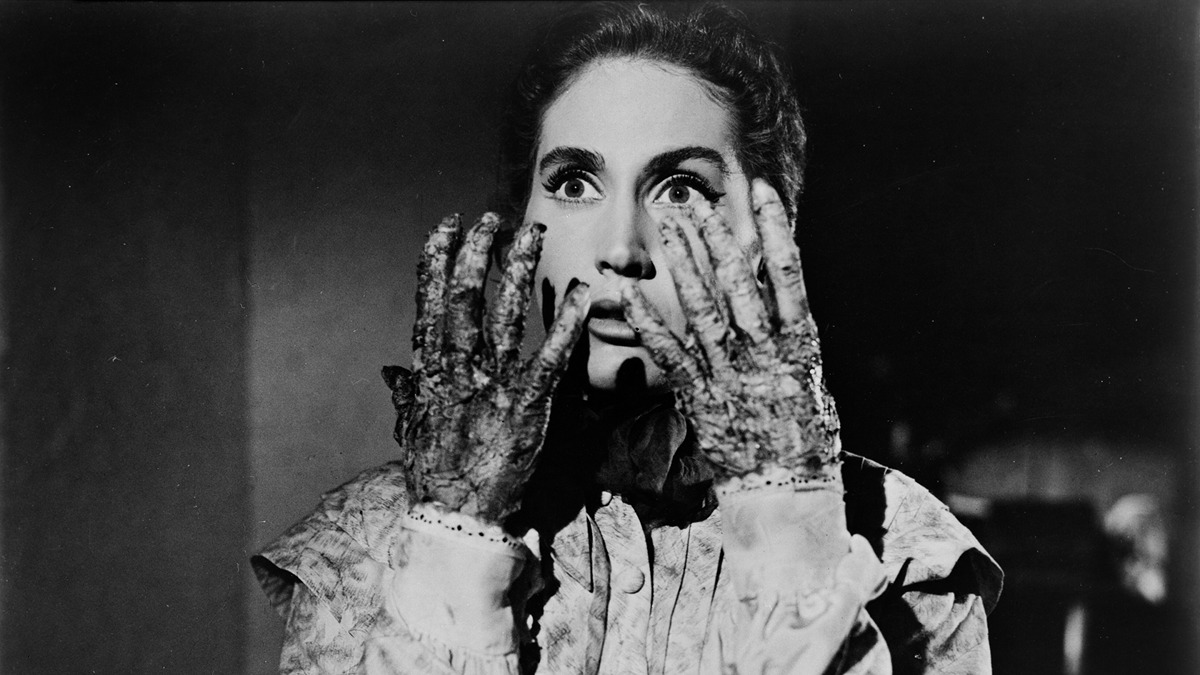
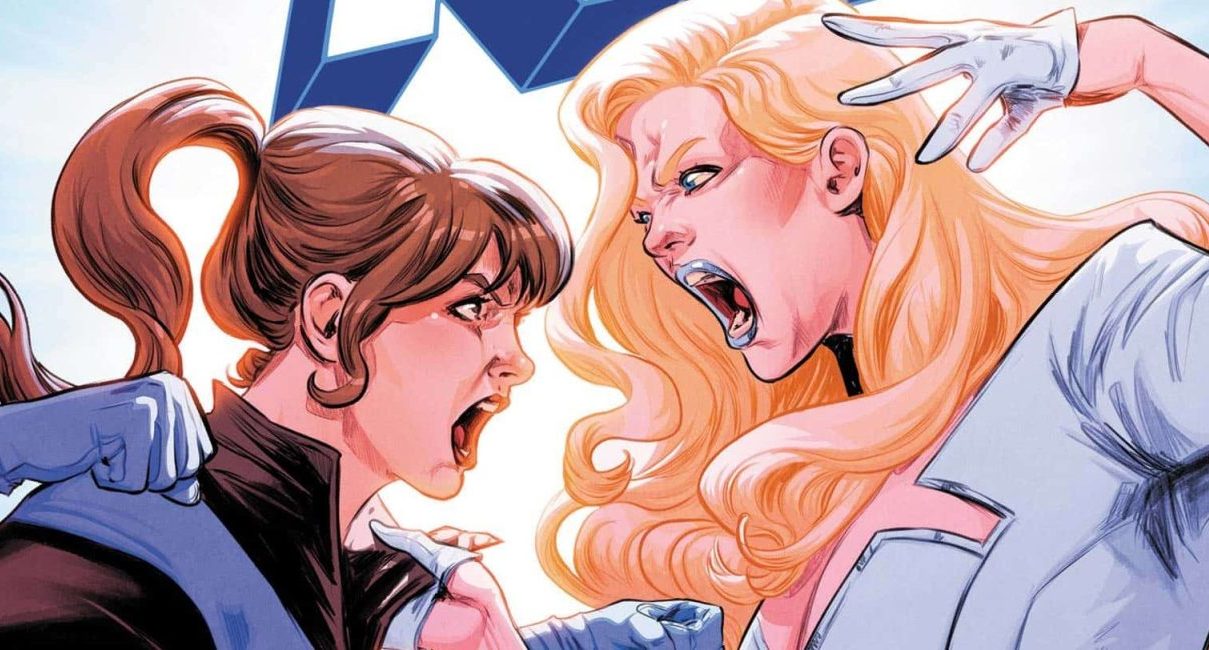
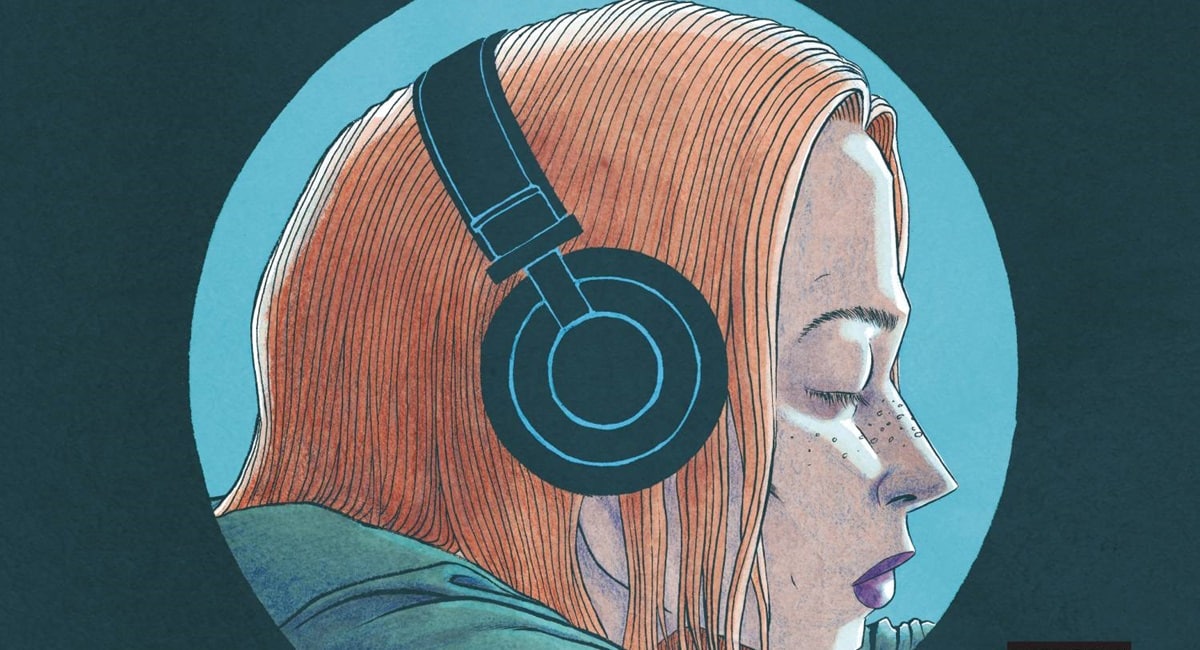
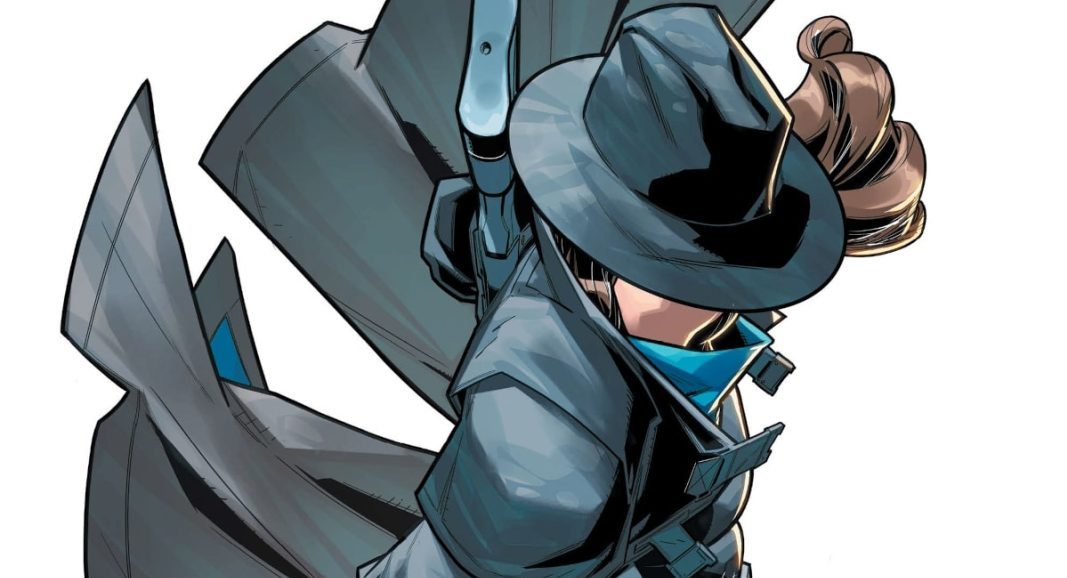
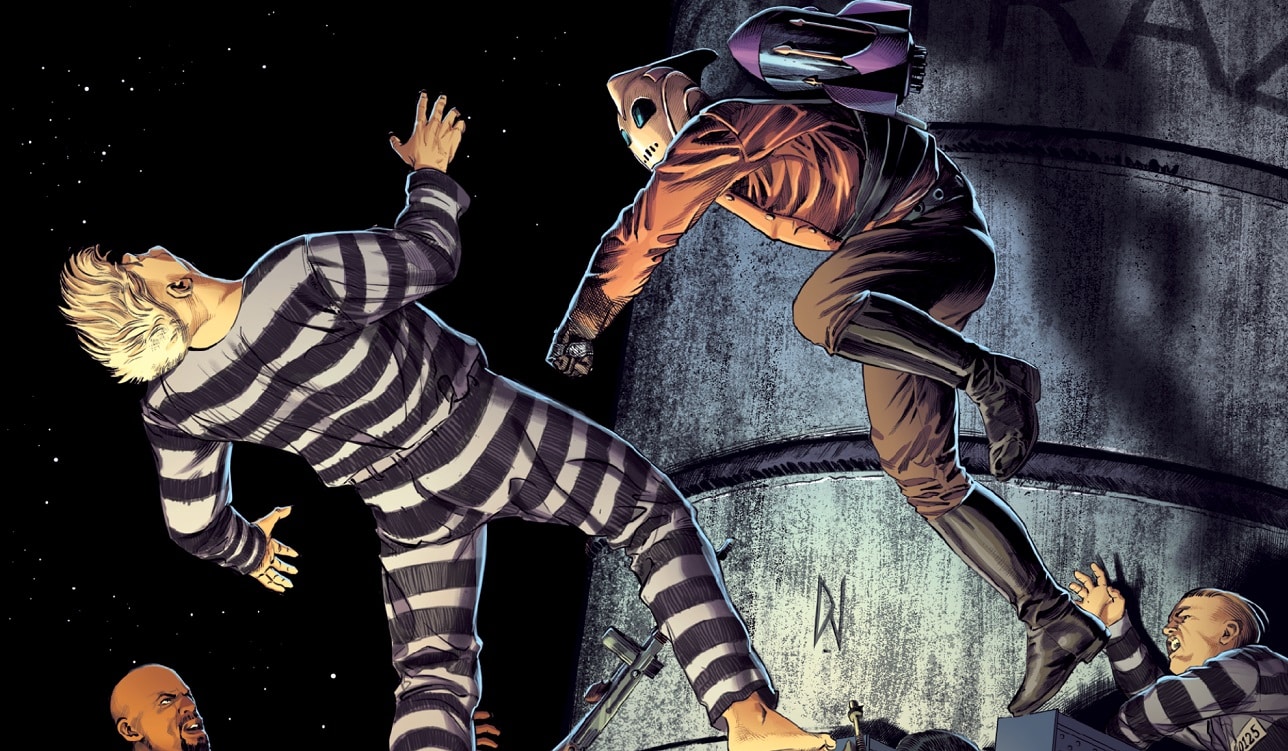












 English (US) ·
English (US) ·